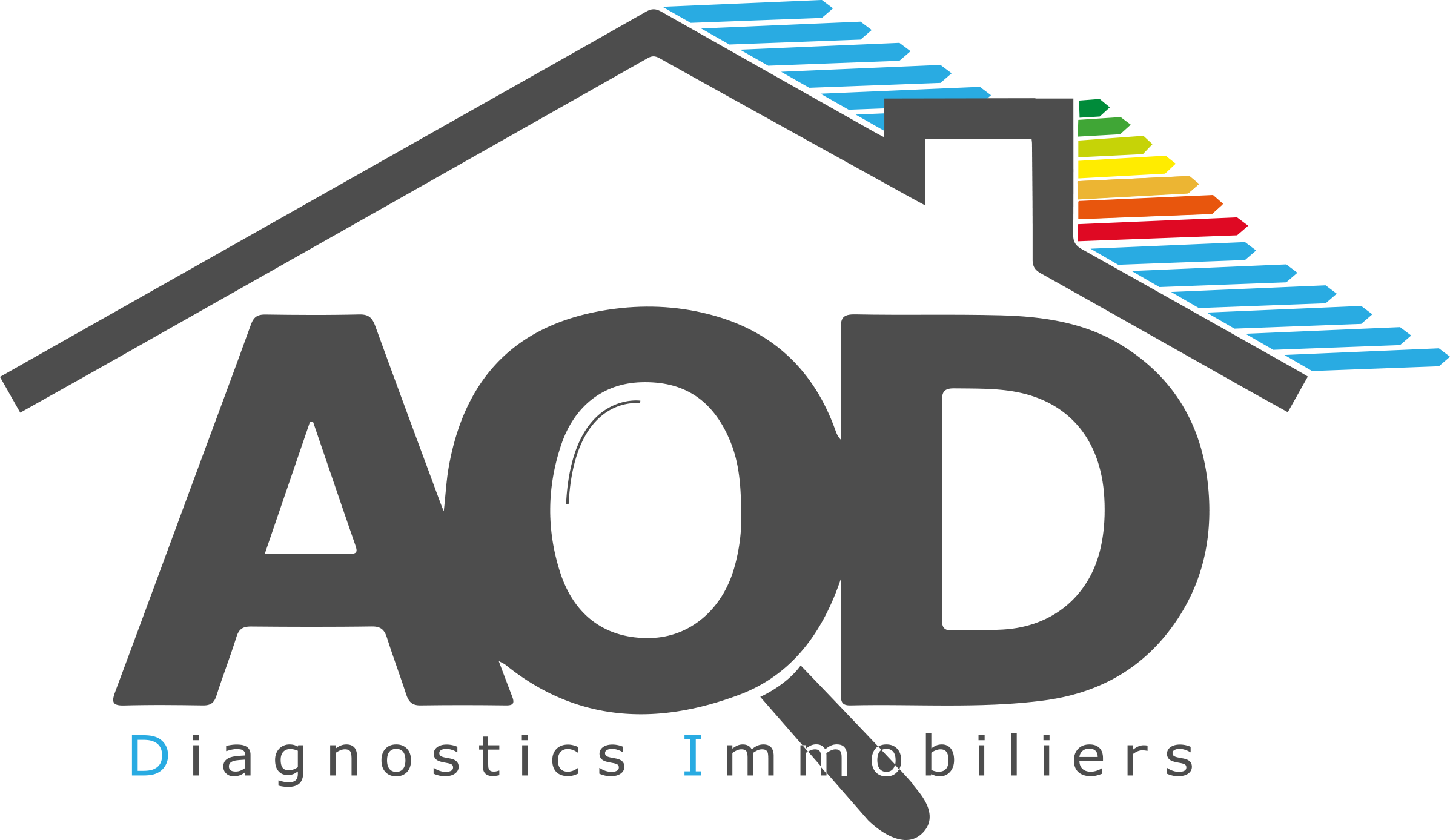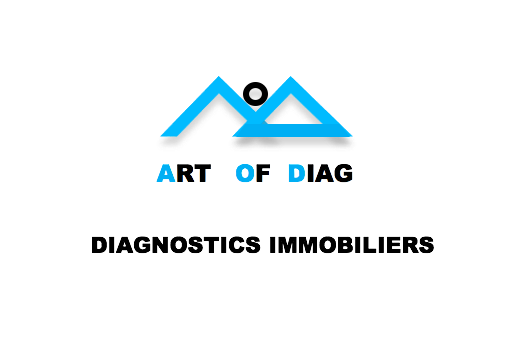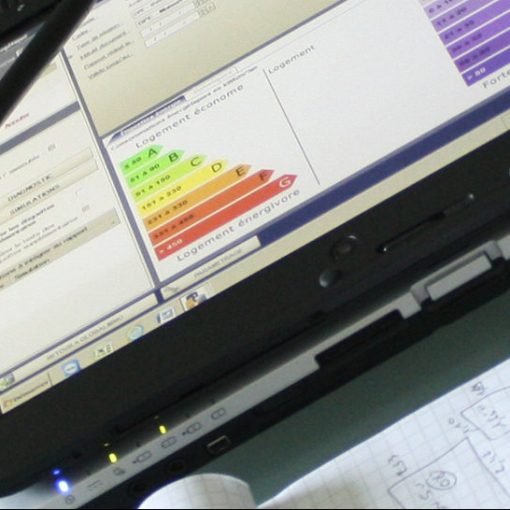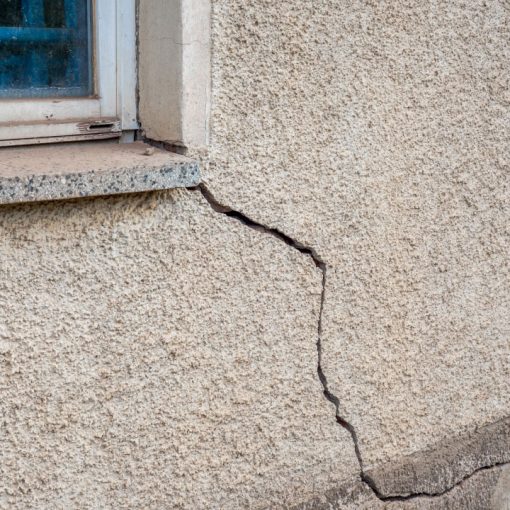SOURCE : My sweet Immo
- Discover the official brochure on the new ECD
- What is the purpose of the ECD?
- Why a new ECD on 1 July?
- Qu’est qui change au 1er juillet ?
- Who is affected?
- Is it an obligation to carry out an ECD?
- How are ECDs conducted in multi-family housing?
- Que signifie l’opposabilité du logement ?
- How will the new ECD labels be calculated?
- Will the new thresholds lead to the reclassification of some housing?
- How much does the ECD cost?
The new ECD
The DPE (Diagnostic de performance Energétique) will be renewed on 1st July 2021. You will find in this article all the questions you may have about the new features of this diagnosis.
1. What is the purpose of the ECD?
The energy performance diagnosis (DPE) is the reference document that provides information on the energy performance of a dwelling or building, by assessing its energy consumption and its impact in terms of greenhouse gas emissions.
The DPE was introduced in 2006 in order to transpose the European directive on the energy performance of buildings. It has become a tool for the general public to inform households about the energy performance of their homes and an essential thermometer of public policy on energy and housing, which is used in particular to identify energy slums (F and G labels).

2. Why a new ECD on 1 July?
The current DPE is sometimes perceived as insufficiently reliable because different calculation methods coexist and there are still too many poor quality or even empty diagnoses (so-called "blank" DPE). It is therefore necessary to make the DPE more reliable, which will help to establish its legal value (its "opposability"). Moreover, in its current format, the DPE can appear to be too technical a document, even though it is an everyday object with which the French are familiar.
Finally, the calculation of the energy label, which is predominant, does not currently take into account the climate performance of a dwelling (i.e. the greenhouse gas emissions associated with the dwelling).
3. What changes from 1 July?
A single assessment method for buildings that can be transposed to all types of dwellings (as well as the possibility of producing an ECD for the building that can generate an ECD for the dwelling).
More reliable input data, a more representative diagnosis of the dwelling's performance (taking into account new uses, equipment, new weather scenarios or more precise thermal phenomena such as the effect of wind on external walls).
A legally enforceable ECD, as provided for by law
A new design that is easier to understand, showing the theoretical amount of energy bills and providing additional information: details of heat loss, state of ventilation and insulation, summer comfort indicator, recommendations for work and cost estimates,
A new energy label that takes into account both primary energy consumption and greenhouse gas emissions.
4. Who is affected?
The new ECD will apply to all ECDs carried out from 1 July 2021 onwards, in the context of the sale or rental of private or social housing, in individual houses or condominiums. The seller or lessor will have to provide the new DPE to any candidate for the acquisition or rental of a property.
Diagnosticians are primarily concerned as they are responsible for the correct implementation of the ECD according to the new methodology, as well as the software publishers who provide them with the necessary tools.
The reform also applies to professionals involved in a transaction and advising owners and prospective buyers or tenants: estate agents, rental managers, co-ownership managers, notaries, etc.
Finally, because the DPE is the primary means of informing and raising awareness among the French about the energy consumption of their homes, and therefore a tool to help them decide to undertake energy renovation work thanks to the proposed work scenarios, this new DPE will also concern all the professional actors involved in informing and supporting households, as well as the work companies.
The Ministry of Ecological Transition will be deploying an information and communication system for the individuals and professionals concerned in the coming weeks and until July to ensure the effective deployment of the new ECD.
5. Is it an obligation to carry out an ECD?
Regardless of the overhaul, the ECD is already mandatory for sales and rentals. It must be carried out at the initiative of the seller of the property or the lessor, and integrated into the notary's file. The notary may be committed if one of them does not voluntarily transmit the ECD or if he mentions false information in the advertisement to mislead the future buyer or tenant. The latter can then take the matter to court to request the cancellation of the sale or rental or the payment of damages. The seller or lessor may be penalised.
In addition, as part of the bill to combat climate change and strengthen resilience to its effects, which was presented to the Council of Ministers on 10 February, the Government is proposing to make it compulsory for condominiums to draw up an overall technical diagnosis and a multi-year works plan, while inviting the condominium to make provision for the works thus anticipated, by means of a contribution to the works fund.
The aim is to encourage all condominiums to think about the most appropriate energy improvement work, by encouraging all the owners to plan ahead. This global diagnosis will include an ECD at the scale of the condominium, which will thus be made compulsory from 2024 onwards, for all collective residential buildings. This "collective" DPE will easily allow co-owners who wish to do so to obtain a DPE "per lot", which they can use if they want to put their property up for rent or sale.
6. How are ECDs carried out in collective housing (especially in condominiums)?
When carried out, the collective ECD for a collective dwelling can, under certain conditions, generate ECDs for each of the dwellings in the building.
The assessment of a dwelling's label is then obtained from the data collected at the building level and from a representative sample of dwellings in the building.
This new possibility is a very useful simplification for all owners or co-owners in collective buildings: it allows only one ECD to be carried out for the building, which immediately benefits all its owners. This saves time and money.
However, as the quality of the collective and sampled data is not as precise as that which would have resulted from the visit to each dwelling, the individual EPDs generated in this way will not perfectly reflect the performance of each dwelling. This is why a co-owner who has carried out work on his dwelling will always have the possibility of replacing this ECD generated from collective data with a more traditional individual ECD, having had a diagnostician visit the dwelling and enabling the work undertaken to be better valued and the true performance of the dwelling to be restored.
7. What does enforceability of housing mean?
In accordance with the ELAN law passed in 2018, the DPE will become fully enforceable from 1 July 2021. Issued until now for information purposes, it will then have the same legal scope as the other real estate diagnoses (lead, electricity, asbestos), with the exception of the recommendations for work that the DPE contains and which will remain indicative only.
Since its introduction in 2006, the DPE has already established itself as the reference document for the energy performance of real estate, carried out independently by professionals and whose results have a direct impact on selling prices.
Recent case law has demonstrated the importance already acquired by the ECD in the property acquisition process as an element fuelling negotiations on the sale price. With the alignment of the ECD with the legal regime for other diagnoses, this role is set to be strengthened with associated responsibilities extending to all actors involved in the property sale process: diagnostician, vendor, estate agent or notary.
Finally, enforceability also consolidates the possibility for public authorities to use the energy performance label as a basis for regulatory obligations or incentives, such as those provided for in the bill to combat climate change and strengthen resilience to its effects presented to the Council of Ministers on 10 February 2021, and in particular the provision to prohibit the rental of housing rated F and G by 2028 via the decency of the accommodation.
8. How will the new ECD labels be calculated? How were the new double thresholds set?
Until now, the energy performance diagnosis of a building or dwelling was summarised in two labels - ranked from A for the best performance to G for the worst:
- An energy label, which provided information on the conventional primary energy consumption of the dwelling;
- A climate label, which provided information on the associated greenhouse gas (GHG) emissions.
From now on, the new energy performance label will be a synthesis of these two labels, and will therefore take into account both primary energy and greenhouse gas emissions.
Information on the "climate" label will always be displayed in order to make the French aware of the carbon footprint of their home. Finally, an energy bill estimate will be added to these labels to inform households about the costs of their future home.
The determination of these double thresholds for primary energy and greenhouse gas emissions follows several months of consultation with building and energy professionals, as well as consumer associations, while ensuring that the same number of energy flaws (i.e. 4.8 million dwellings) are maintained.
In line with France's commitments under the Paris agreements, the guidelines adopted by the European Union and the recommendations of the Citizens' Climate Convention, it was decided to take into account GHG emissions when determining the energy and now climate performance of housing.
However, the Government has ensured that this does not allow the most energy-intensive electrically heated dwellings, with the highest energy bills, to escape the sieve status.
Double-seuil d’équilibre
In this context, following statistical studies conducted by the Ministry, a double threshold for the limit between energy performance classes E and F was determined at 330 kWh/m².year in primary energy and 70 kgCO2eq/m².year in greenhouse gas emissions.
The double thresholds between classes C, D and E on the one hand, and F and G on the other hand, were determined with a view to achieving an overall balance and limiting the number of class jumps before and after reform.
Finally, the double thresholds between classes A, B and C have been determined in order to accommodate the most efficient dwellings, especially new dwellings (subject to the current RT2012 and the future RE2020). The double threshold B/C will be used as a reference for energy performance labels
9. Will the new thresholds lead to the reclassification of some dwellings?
The overall number of fuel poverty dwellings does not change with the reform; 4.8 million are retained. Moreover, almost 60 % of the dwellings keep the same label, and 40 % move up one energy class.
The introduction of the climate criterion leads to an increase in the number of homes with high greenhouse gas emissions in the least efficient classes. Thus, 600,000 dwellings heated with oil become energy passoires since this type of heating is particularly polluting, as well as nearly 200,000 dwellings heated with gas.
Conversely, 600,000 homes heated with electricity will be taken out of energy sieve status, and 200,000 homes heated with wood, since these methods of heating emit less greenhouse gases.
10. How much does the ECD cost?
Its rate is not regulated. The costs charged, which vary according to the year of construction and the size of the property to be valued, are generally between €100 and €250.
Better understand the new DPE with the brochure published by the Ministry of Ecological Transition ∇




